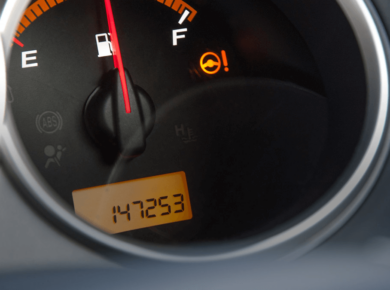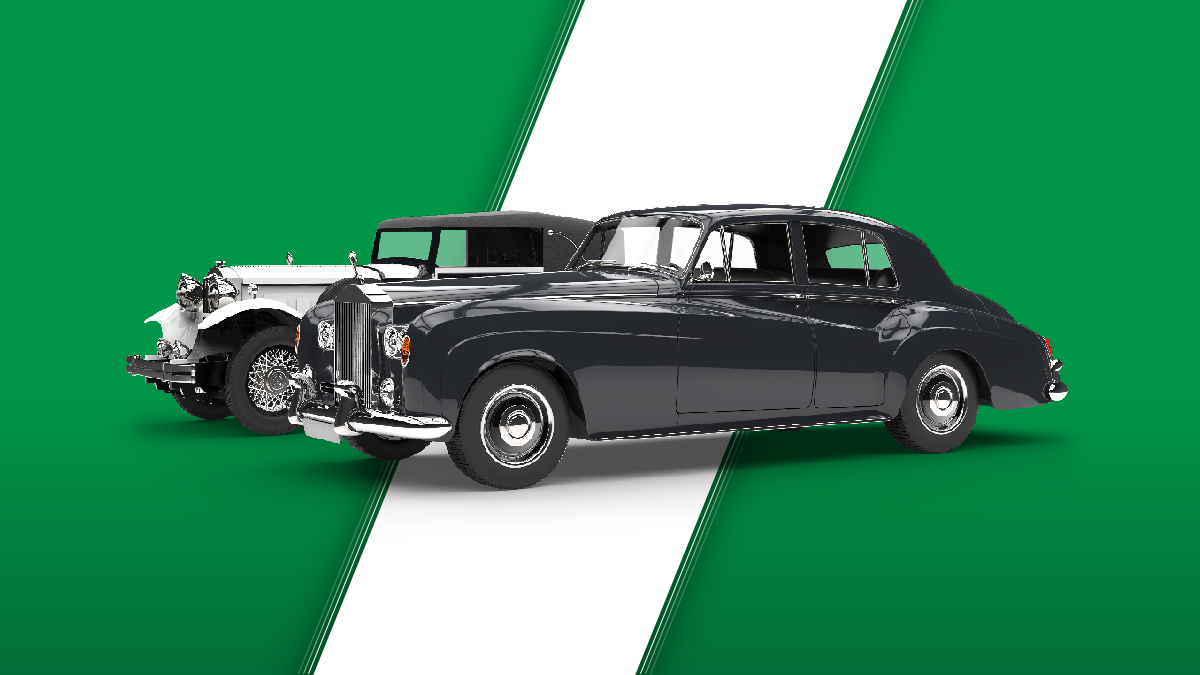Understanding the Landscape of Used Car Valuation
In an increasingly crowded and competitive used car market, accurate vehicle valuation has become both a challenge and a necessity. Dealers face constant pressure to offer attractive pricing while retaining healthy profit margins, often with limited information at hand to inform their pricing decisions.
However, there is a solution that can offer clarity amid the complexity: vehicle history reports. By integrating trusted, data-rich tools like those provided by ClearVin, dealerships can set prices confidently, mitigate risk, and build long-term trust with their customers.
In this article, we’ll explore the growing importance of vehicle transparency, the mechanics of market valuation, the role of vehicle history in setting prices, and how ClearVin’s services, like window stickers and wholesale values, support profitable and transparent pricing strategies.
Navigating the Market: Understanding Used Car Values
The used vehicle landscape is shaped by a wide range of external factors, from fuel costs and economic fluctuations to seasonal buying patterns and regional demand. A vehicle that commands top dollar in one state may depreciate in another. Staying competitive means understanding these variables fully and acting on them.
Dealers today use a mix of tools to gauge market value, including platforms that provide wholesale benchmarks, pricing trends, and demand insights. These tools typically offer information on:
- Comparable vehicle sales in the local area
- Adjustments for mileage and condition
- Current market supply and demand
- Seasonal fluctuations
But while market data provides a useful snapshot, it doesn’t always tell the whole story. That’s where vehicle history reports (VHRs) come into play.
The Role of Vehicle History in the Valuation Process
What Is a Vehicle History Report?
A VHR is a detailed record of a vehicle’s history. It aggregates data from state DMVs, insurance carriers, auctions, and repair facilities to provide information and insight into key events such as:
- Accident and damage history
- Title brands (e.g., salvage, rebuilt, flood damage)
- Odometer readings and discrepancies
- Recall records
- Ownership and usage history
- Prior sale history and values
With this information, dealers can go deeper than the surface-level condition and understand what truly affects the vehicle’s value.
Enhancing Valuation Accuracy
Vehicle history reports help dealers refine valuations by:
- Identifying red flags: Events like total loss declarations or frame damage can significantly reduce resale potential.
- Supporting higher pricing for clean vehicles: A verified record of maintenance and responsible ownership can justify premium pricing.
- Reducing post-sale conflict: Transparent disclosures based on verifiable data help mitigate disputes and protect dealer reputations.
With ClearVin, dealers have access to Black Book values directly within the report, providing an integrated appraisal tool. Authorized dealers can also access wholesale values, chronological sale history with price points, and data on repair costs for loss events; a distinct advantage in determining true vehicle worth.
Original Vehicle Information: The Power of the Window Sticker
Original Monroney sticker is another tool but often overlooked element in understanding vehicle value.
What Does a Window Sticker Include?
- Manufacturer’s Suggested Retail Price (MSRP)
- Factory-installed options and packages
- Trim level and drivetrain
- Fuel economy ratings
- Warranty information
Knowing what a vehicle originally offered allows dealers to compare it accurately against similar listings and evaluate how its features impact current value.
Factory Options & Value Impact
Certain factory options like advanced driver-assist systems, premium audio, or AWD, can significantly enhance a vehicle’s resale appeal. Window sticker data available with ClearVin includes the cost of additionally installed options, making it easier to identify upsell opportunities or pricing justifications.
It also aids in:
- Cross-checking the vehicle’s actual condition against its original configuration
- Spotting aftermarket modifications that may affect value positively or negatively
- Determining warranty status, helping buyers understand coverage and pricing accordingly
Crafting Profitable Dealer Pricing Strategies
Key Pricing Influences
To create an effective pricing strategy, dealers must weigh:
- Market conditions
- Vehicle condition and mileage
- History reports
- Original equipment
- Inventory turnover goals
How VHRs Strengthen Pricing Models
By combining vehicle history with real-time market data, dealers can:
- Price clean-title vehicles competitively to attract informed buyers
- Adjust pricing for vehicles with damage history, while maintaining transparency
- Use value-based selling to highlight features, ownership history, and clean records
With ClearVin’s vehicle rating included in Vehicle Report and Window Sticker, dealers can easily communicate value to customers—building trust and credibility.
Building Customer Confidence
Sharing VHRs and original information with potential buyers shows integrity and commitment to transparency. It not only closes sales faster but also nurtures long-term customer relationships, which is vital in a market where reputation is everything.
Conclusion: Driving Success Through Informed Valuation
Accurate valuation isn’t just about crunching numbers—it’s about painting a full picture. Vehicle history reports, like those offered by ClearVin, give dealers the tools they need to make smarter decisions, protect margins, and earn customer trust.
As market dynamics continue to shift, the dealers who succeed will be those who embrace transparency, adapt quickly, and use every data point at their disposal.
ClearVin’s Dealer Program offers access to detailed VHRs, market valuation data, original window stickers, and sale histories, equipping dealerships with everything they need to thrive in a fast-paced industry.










